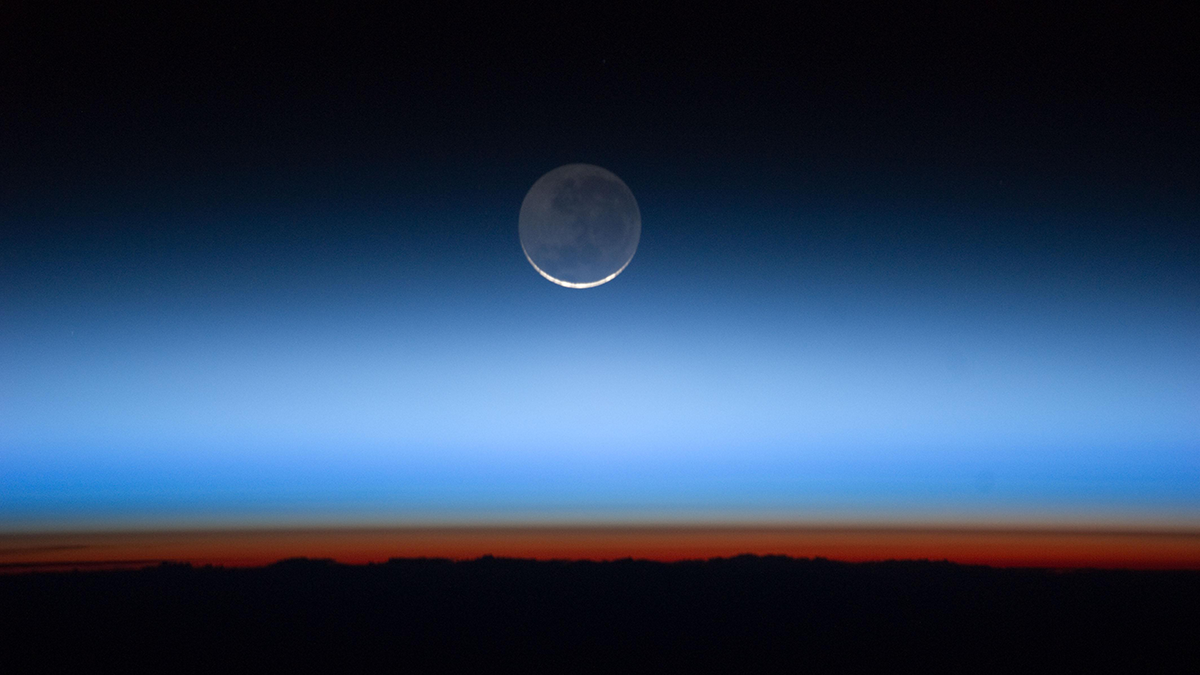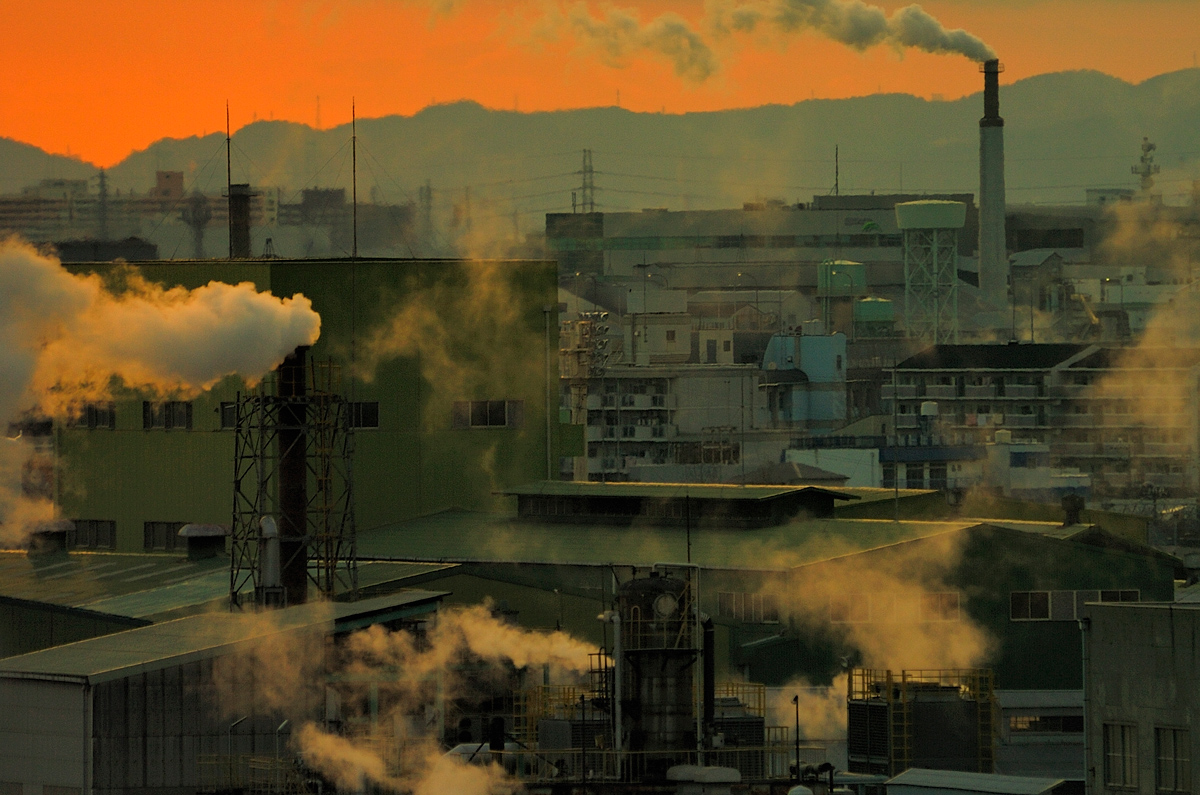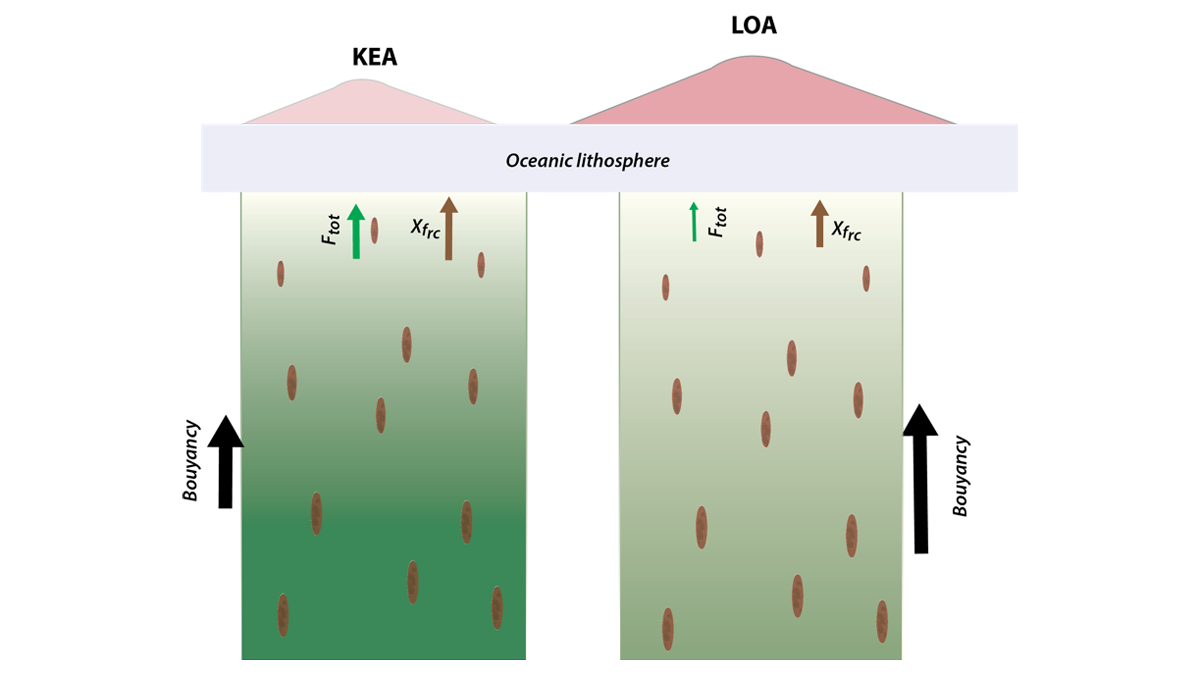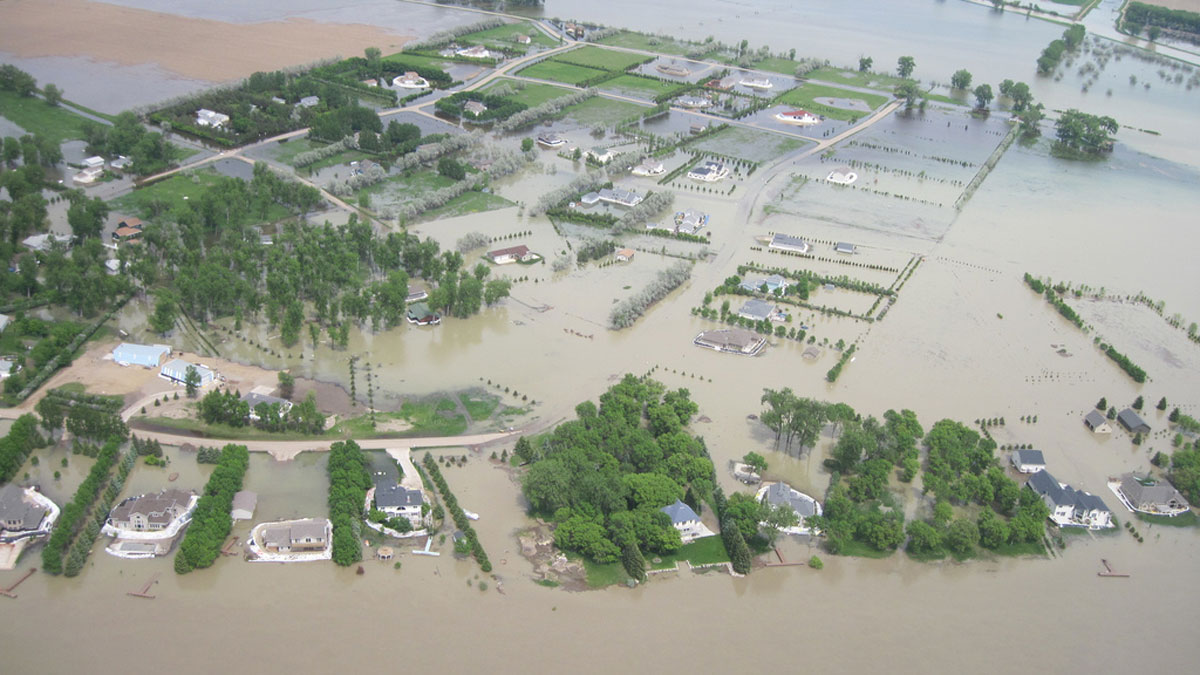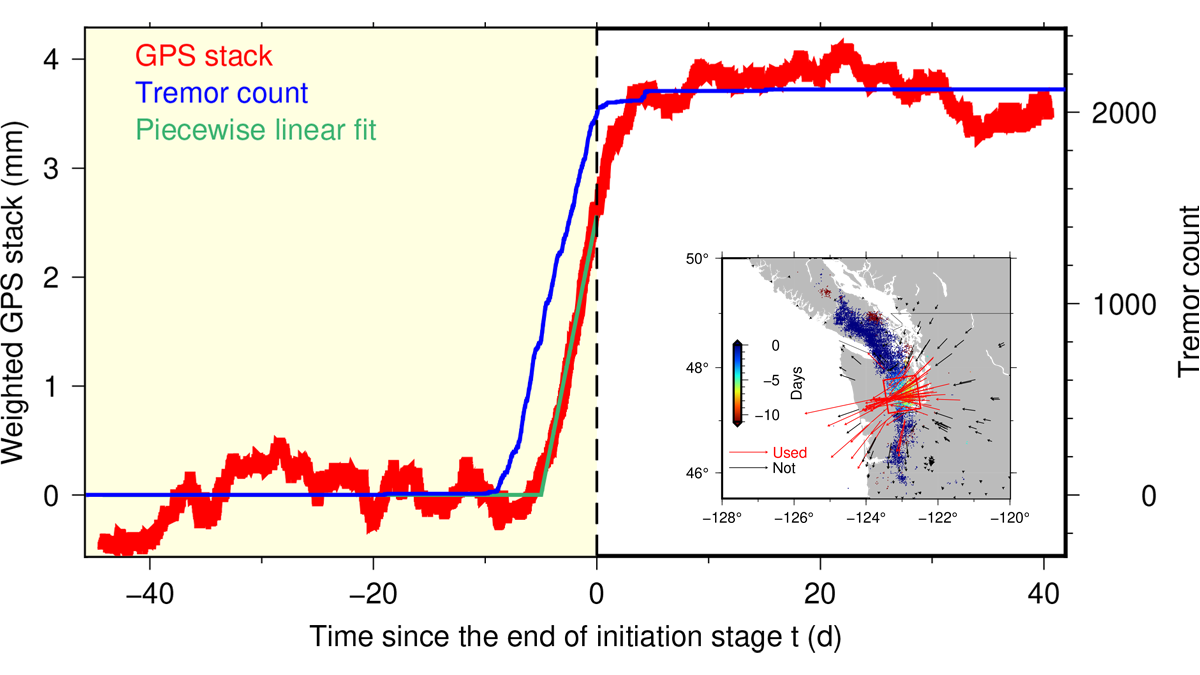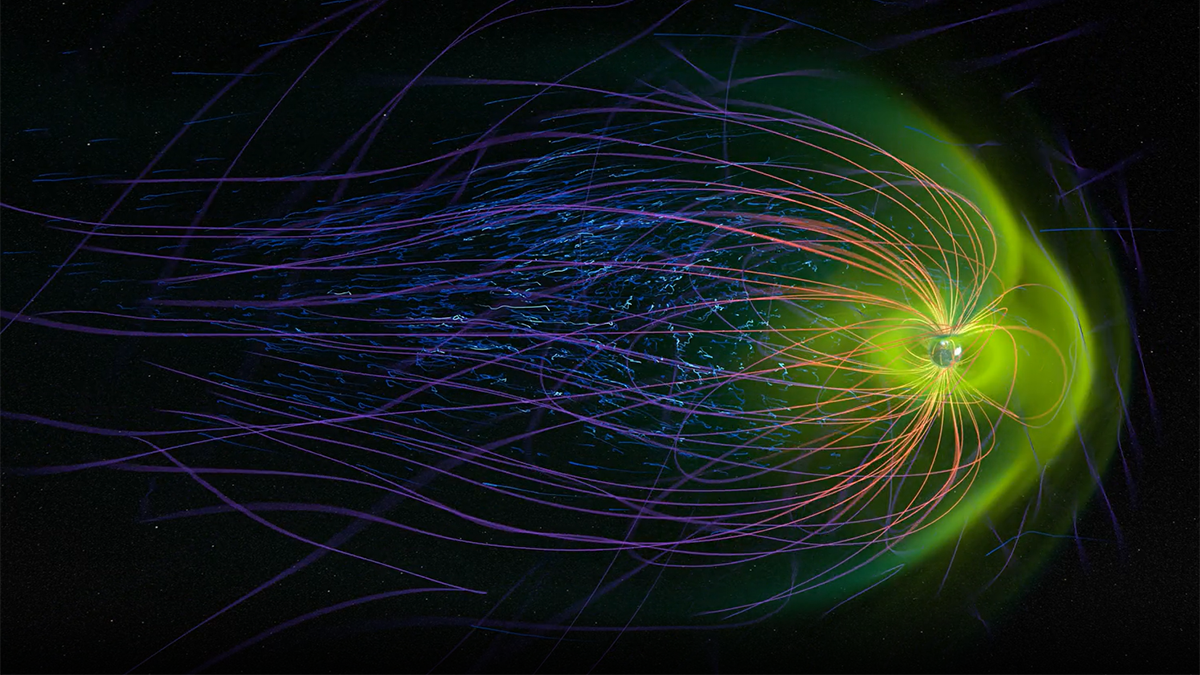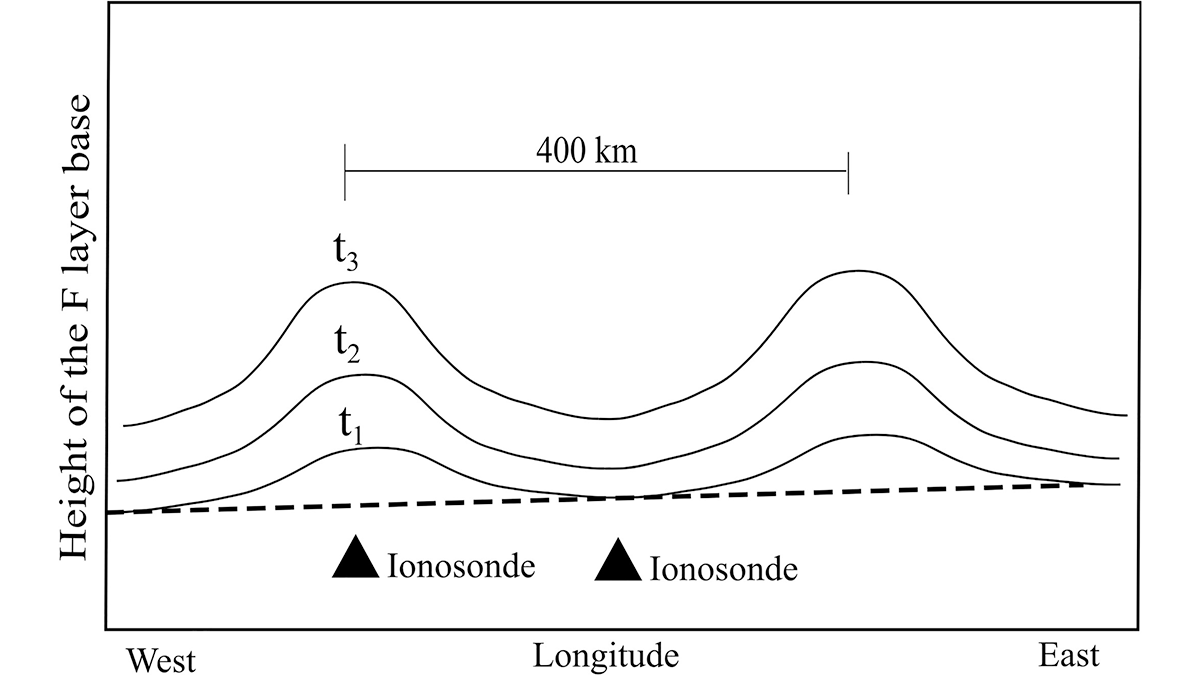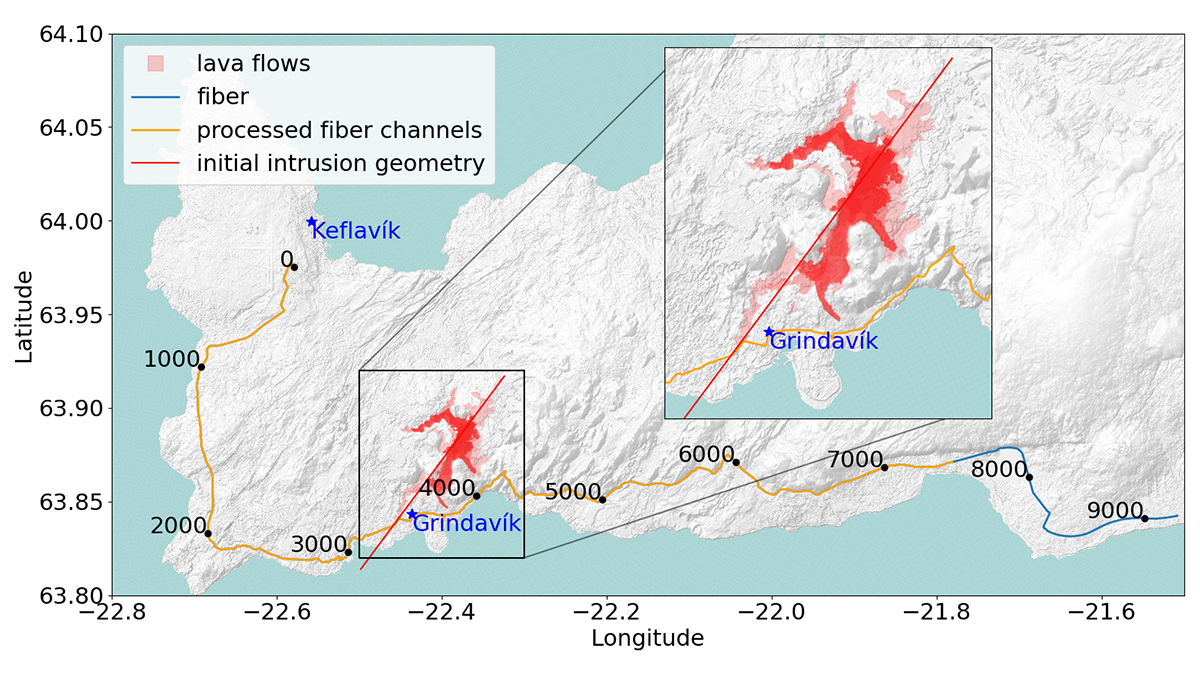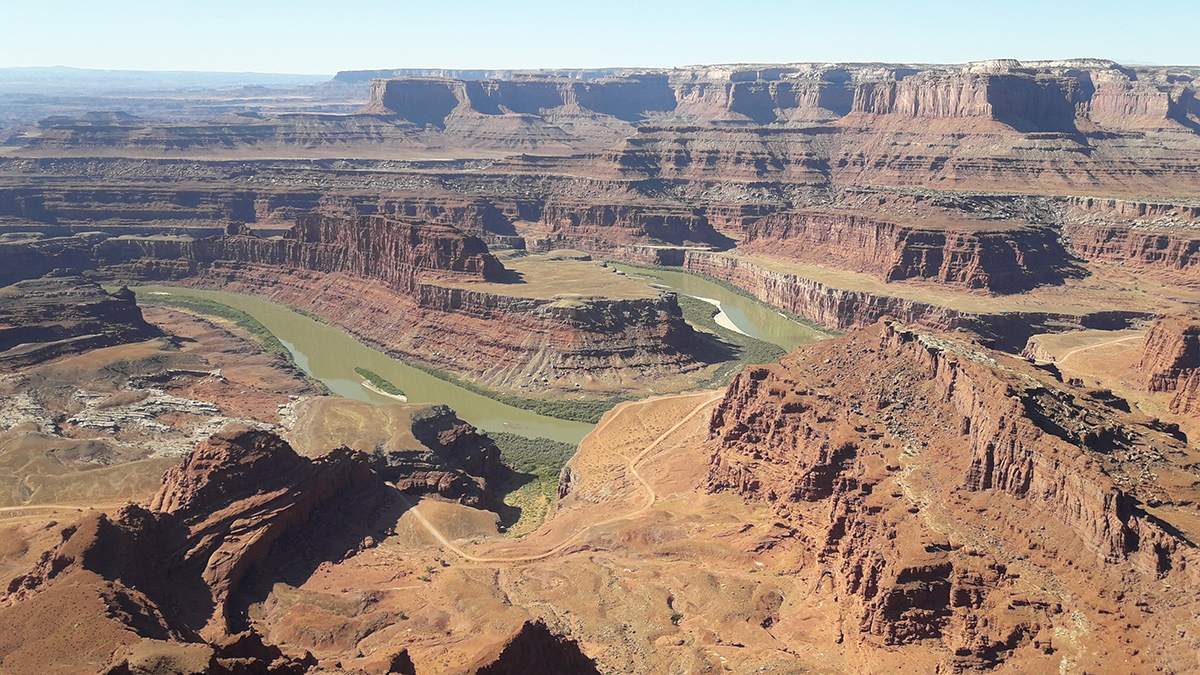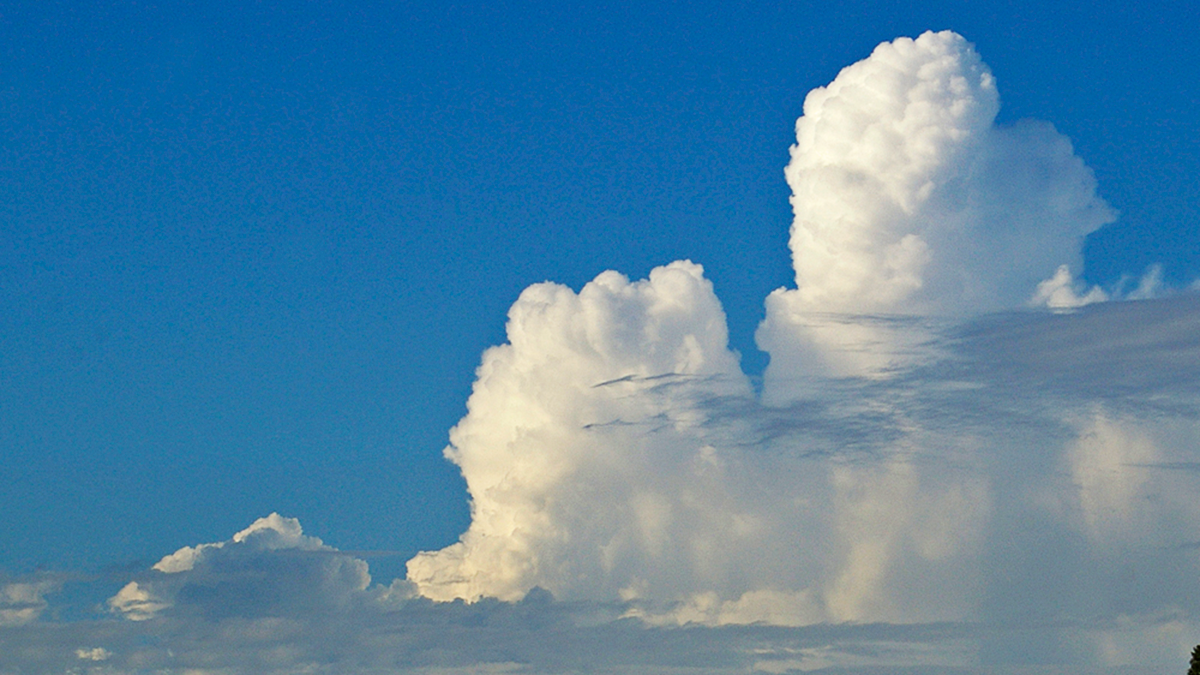A new commentary calls for a better understanding of the impacts of climate change and anthropogenic emissions on long-term trends of the middle and upper atmosphere through enhanced observations and monitoring capabilities.
AGU Advances
Anthropocene Deserves Official Recognition, Some Experts Maintain
The International Union of Geological Sciences chose not to designate a new geologic epoch, but the matter is not yet settled.
Hawai’i’s Depleted Peridotite Delivers More Magma
The source for the isotopically-enriched Hawaiian magmas contains peridotites that experienced near-surface melting prior incorporation in the plume.
What Is Causing the Missouri River Basin’s Elevated Streamflow?
Regional climate variability plays a big role, but reduced forest cover and a rise in atmospheric carbon dioxide are also factors.
How (Slow) Earthquakes Get Going
Non-volcanic tremor ramp up precedes slow slip in Cascadia by about a day, indicating that brittle-creeping process interactions control nucleation.
Ionospheric Changes Following the Geomagnetic Storm of May 2024
A new study finds that unique ionospheric changes occurred in the upper atmosphere in response to the May 2024 geomagnetic superstorm.
Prediction of Equatorial Plasma Bubbles for Navigation and Communication
Scientists demonstrate a new technique to predict the formation of equatorial plasma bubbles, a crucial space weather phenomenon affecting satellite-based communication and navigation systems.
Observing Magma-Induced Seismic Velocity Changes with Fiber-Optics
A new high-resolution method for tracking volcanic activity utilizes fiber-optic sensing to detect magma intrusion by measuring seismic velocity changes.
How Rivers Carved the Canyons of the Central Colorado Plateau
A new study offers insights into a puzzling piece of the geological history of the Grand Canyon and surrounding regions.
Tropical Congestus Clouds Explained by Water Vapor Spectroscopy
A new study demonstrates how the abundance of congestus clouds in the tropics can be explained by the water molecule’s discerning appetite for infrared radiation.

